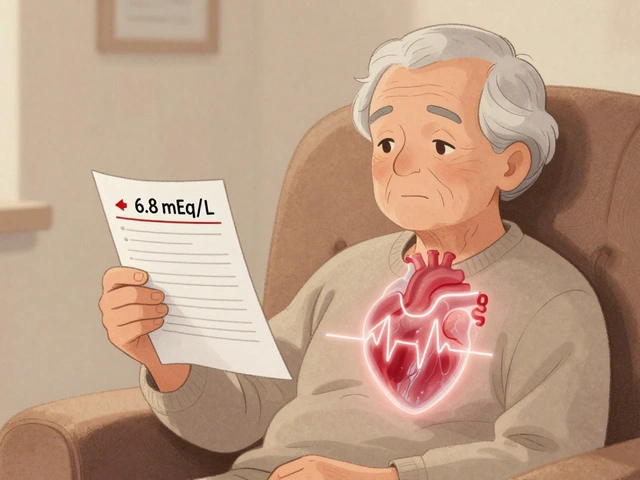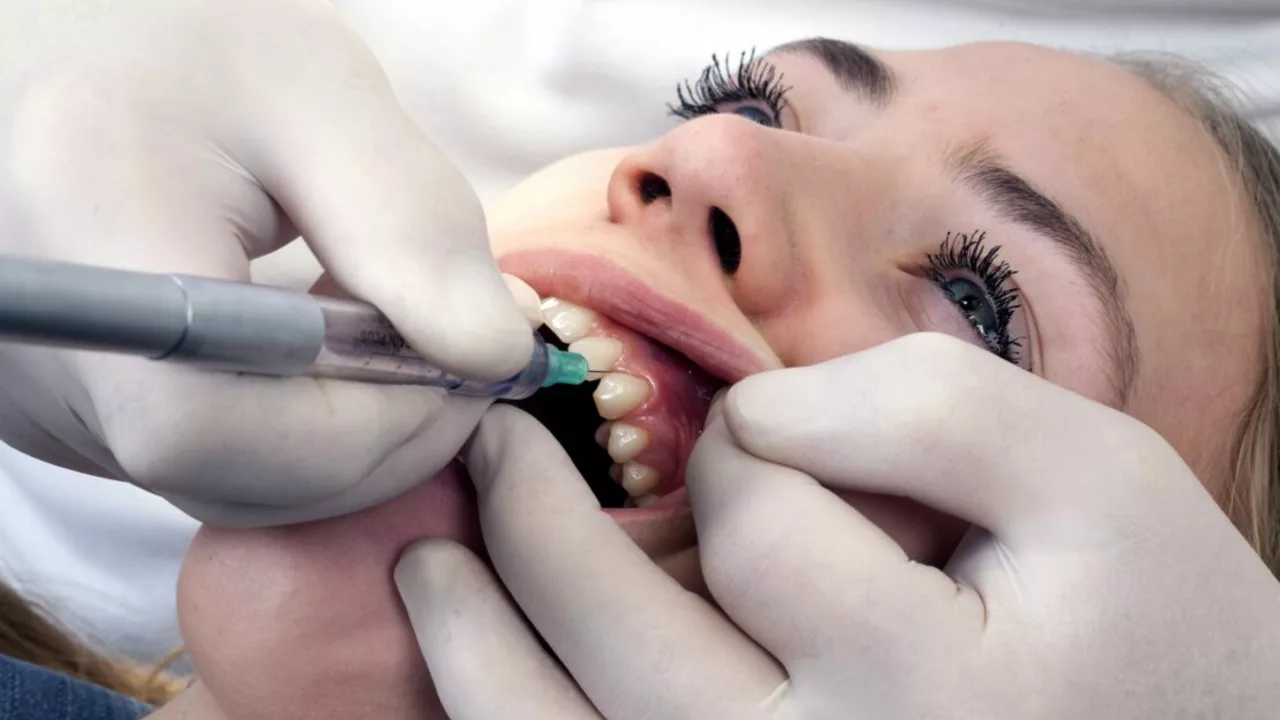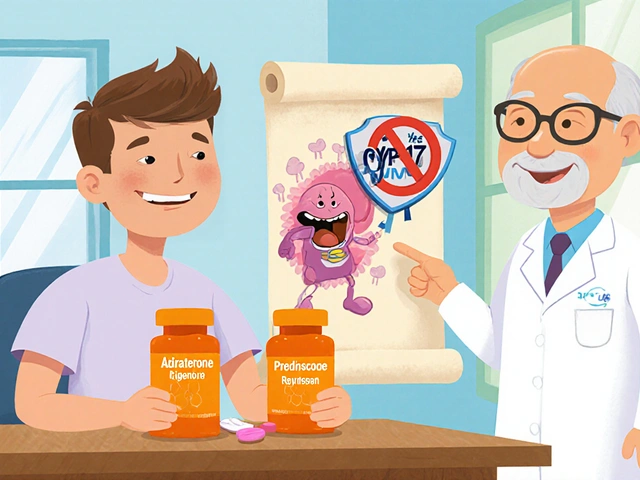Prilocaine: what it is and why it matters
Prilocaine is a commonly used local anesthetic you’ll find in dental shots, minor surgery, and topical creams. It works fast and wears off relatively quickly, which makes it handy for short procedures. But it has one safety issue people should know about: in some patients it can raise methemoglobin levels and reduce oxygen delivery. That’s rare, but worth paying attention to.
Common uses and dosing basics
Prilocaine shows up in a few familiar forms. Dentists often use a 4% prilocaine solution (sometimes with a mild vasoconstrictor) for injections. The topical mix you’ve probably seen is EMLA cream — 2.5% lidocaine plus 2.5% prilocaine — used to numb skin before needle sticks or small procedures.
Onset and duration depend on how it’s given. Injected prilocaine starts working within a couple of minutes and usually lasts long enough for short dental work or skin procedures. Topical EMLA needs longer contact time — typically 30–60 minutes — to reach full effect.
As a rule of thumb clinicians use weight-based dosing. A common maximum single dose often cited is around 6 mg/kg, with an adult cap near 400 mg. Always let your provider calculate doses if you or a child will get more than a small amount.
Safety tips and signs to watch for
The main safety concern is methemoglobinemia, which happens when prilocaine’s breakdown products convert hemoglobin into a form that can’t carry oxygen well. Infants, especially under 3 months, are much more vulnerable. People taking oxidizing drugs (like dapsone, some sulfonamides, or high-dose nitrates) and those with certain blood enzyme problems are at higher risk too.
Watch for sudden blue-gray skin color (cyanosis), shortness of breath, fatigue, or a low oxygen reading that doesn’t improve with oxygen. Those are red flags — emergency treatment with methylene blue may be needed in serious cases.
Practical tips: always tell your clinician about current meds, age, pregnancy, and any known blood disorders. If you’re a parent, remind staff that topical creams can be risky on infants’ thin skin or mucous membranes. For big procedures, confirm the provider calculated the dose by weight and isn’t exceeding recommended limits.
Prilocaine is useful and effective when used correctly. Know the basics, speak up about medications and age, and watch for signs of trouble after anesthetic use. If you’re ever unsure, ask the clinician why they chose prilocaine and what precautions they’ll take — a quick question can prevent a lot of worry.
21
The Uses of Prilocaine in Dental Procedures
In my recent research, I've found that Prilocaine is a highly effective local anesthetic commonly used in dental procedures. It's known for its rapid onset and medium duration of action, which makes it perfect for procedures like fillings or root canals. It's also very useful in reducing pain related to injections and can be combined with other anesthetics for longer procedures. Prilocaine is generally well-tolerated with minimal side effects, making it an excellent choice for dental patients. It's interesting to see how this medication enhances comfort and reduces anxiety in the dentist's chair.
Latest Posts
Popular Posts
-
 Pharmacy Reimbursement: How Generic Substitution Impacts Pharmacies and Patients Financially
Pharmacy Reimbursement: How Generic Substitution Impacts Pharmacies and Patients Financially
-
 Amyotrophic Lateral Sclerosis: How Riluzole Slows Neurodegeneration and Extends Life
Amyotrophic Lateral Sclerosis: How Riluzole Slows Neurodegeneration and Extends Life
-
 Dangerous Hyperkalemia from Medications: Cardiac Risks and Treatment
Dangerous Hyperkalemia from Medications: Cardiac Risks and Treatment
-
 Acromegaly: Understanding Excess Growth Hormone and Effective Treatment Options
Acromegaly: Understanding Excess Growth Hormone and Effective Treatment Options
-
 GLP-1 Side Effects: How to Manage Nausea, Dosing, and Realistic Expectations
GLP-1 Side Effects: How to Manage Nausea, Dosing, and Realistic Expectations


